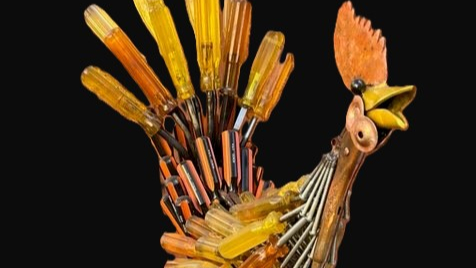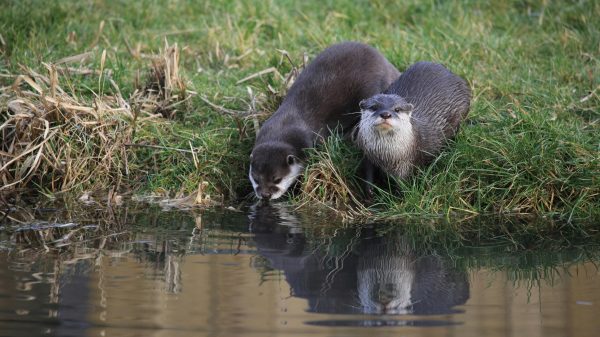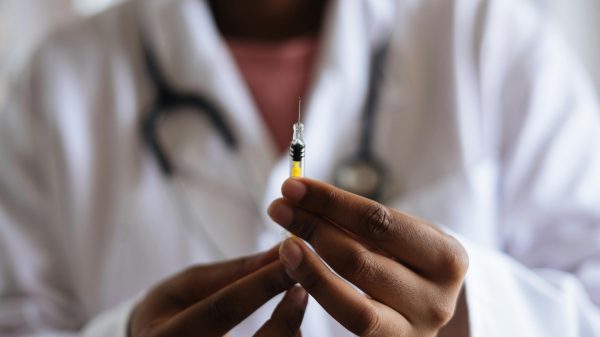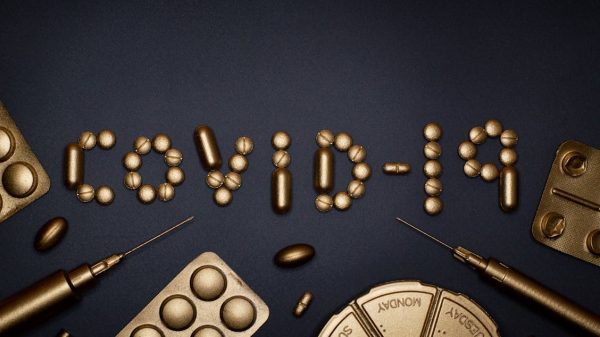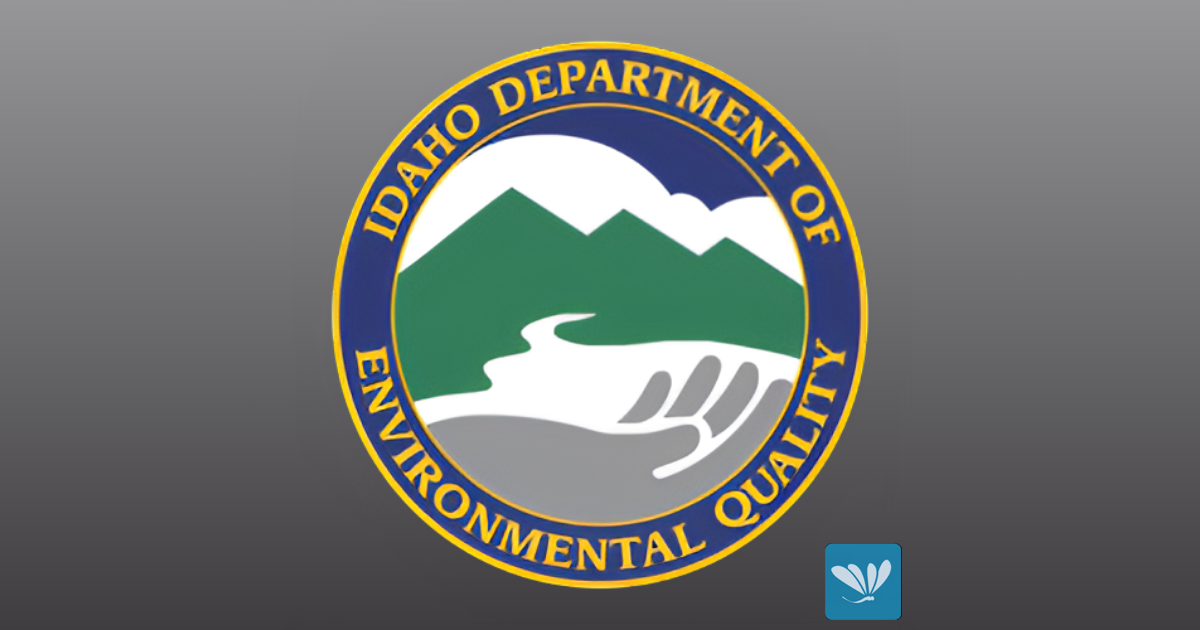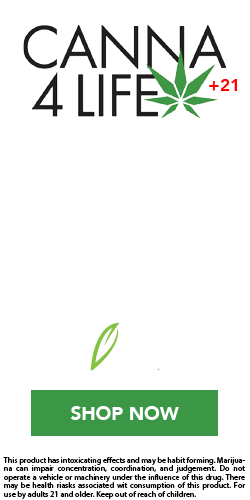IDAHO – Summer is peak season for harmful algal blooms (also known as blue-green algae, cyanobacteria harmful algal blooms, or HABs) and Idahoans are reminded to stay safe and protect their pets when recreating in and around water.
Cyanobacteria are naturally occurring aquatic organisms. However, under certain conditions, the bacteria can produce toxins that affect human health and the environment. Humans and animals can be exposed to cyanotoxins by swimming in or swallowing water impacted by a bloom or consuming fish caught in affected waterbodies. Swallowing water impacted by a bloom can cause stomach pain, nausea, and vomiting. Direct skin contact may also cause skin and eye irritation.
Pets, livestock, and wildlife are especially prone to cyanobacteria exposure because they are more likely to swim in or drink affected water. If your pet or livestock is exposed to water containing a suspected or confirmed bloom, wash them immediately with fresh water and soap, and do not let them lick their fur. Seek veterinary care immediately if your pets or livestock seem sick after going in or near water.
Harmful algal blooms can vary in appearance but can often look like pea soup, grass clippings, spilled paint, mats, green or blue-green foam, or dense surface scum. Some blooms may produce a foul odor.
The following safety tips can also help you and your pets stay safe this summer:
- Check the Idaho Department of Health and Welfare’s Recreational Water Health Advisories Map for active health advisories before visiting Idaho’s water bodies. Following health advisories will reduce your chance of exposure and potential illness.
- Report a suspected bloom online or at [email protected].
- Check the Idaho Department of Environmental Quality’s Cyanobacteria Harmful Algal Bloom web page for current water quality sampling data.
- When in doubt, stay out and keep your pets and livestock out of the water.
- Avoid water that smells bad, looks discolored, or has foam, scum, mats, or paint-like streaks on the surface.
- Do not drink or cook with water containing a bloom. Boiling or filtering the water does not remove the toxins and can increase the risk.
For more information or answers to frequently asked HABs questions, see DEQ’s FAQ page and DHW’s FAQ page. See DHW’s HABs fishing fact sheet for fish consumption information and the Centers for Disease Control and Prevention’s Animal Safety Alert Fact Sheet for pet safety updates.










